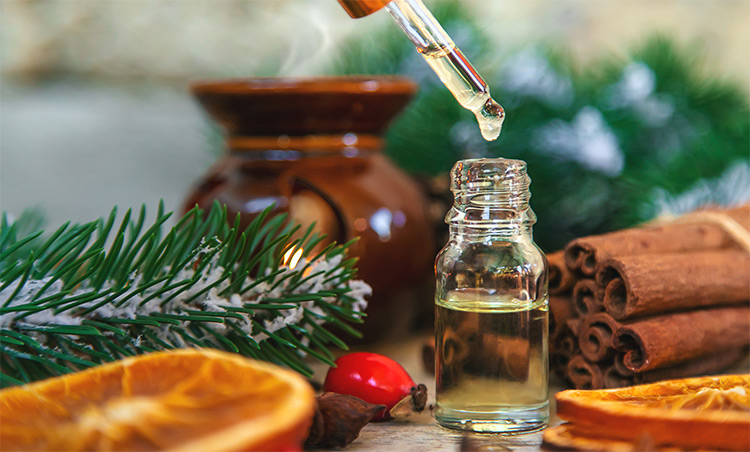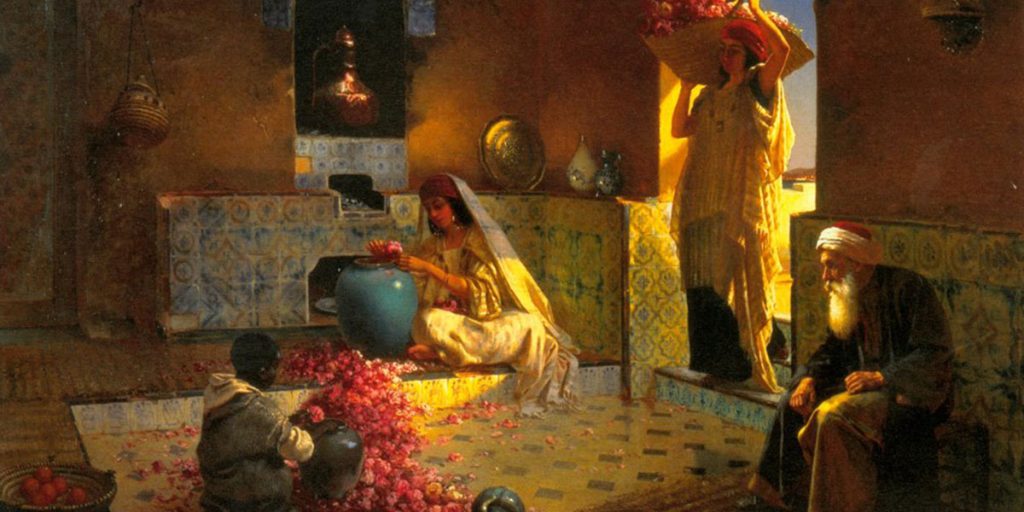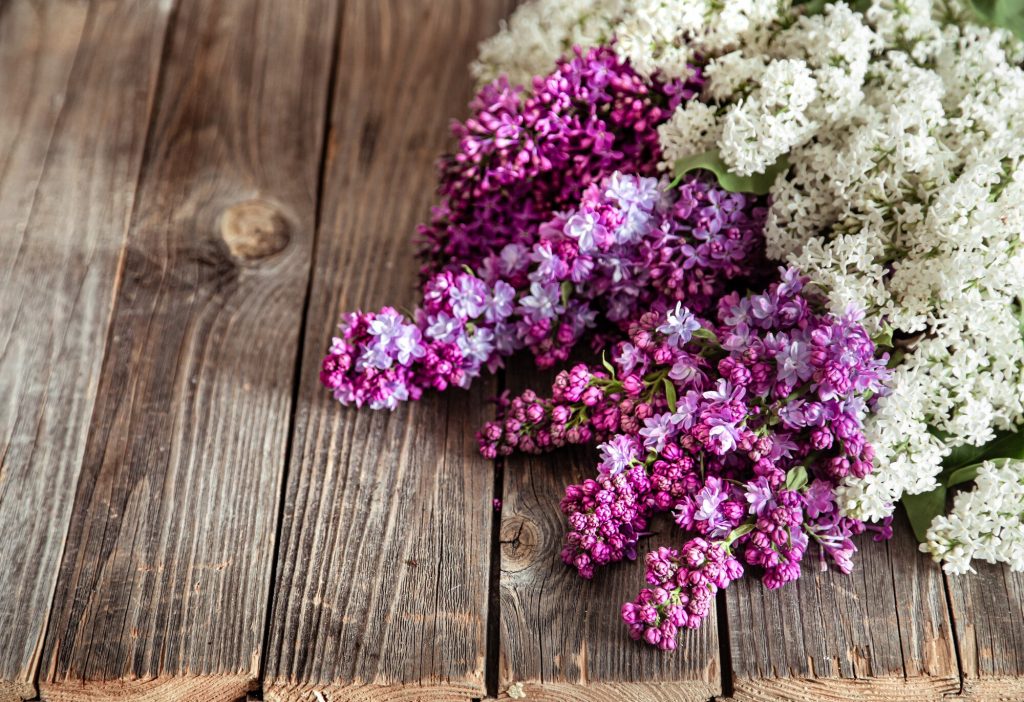Perfume, fragrant product that results from the artful blending of certain odoriferous substances in appropriate proportions. The word is derived from the Latin per fumum, meaning “through smoke.” The art of perfumery was apparently known to the ancient Chinese, Hindus, Egyptians, Carthaginians, Arabs, Greeks, and Romans. References to perfumery materials and even perfume formulas are found in the Bible.
Raw materials used in perfumery include natural products, of plant or animal origin, and synthetic materials. Essential oils (q.v.) are most often obtained from plant materials by steam distillation. Certain delicate oils may be obtained by solvent extraction, a process also employed to extract waxes and perfume oil, yielding—by removal of the solvent—a solid substance called a concrete. Treatment of the concrete with a second substance, usually alcohol, leaves the waxes undissolved and provides the concentrated flower oil called an absolute. In the extraction method called enfleurage, petals are placed between layers of purified animal fat, which become saturated with flower oil, and alcohol is then used to obtain the absolute. The expression method, used to recover citrus oils from fruit peels, ranges from a traditional procedure of pressing with sponges to mechanical maceration. Individual compounds used in perfumery may be isolated from the essential oils, usually by distillation, and may sometimes be reprocessed to obtain still other perfumery chemicals.

Certain animal secretions contain odoriferous substances that increase the lasting qualities of perfumes. Such substances and some of their constituents act as fixatives, preventing more volatile perfume ingredients from evaporating too rapidly. They are usually employed in the form of alcoholic solutions. The animal products include ambergris from the sperm whale, castor (also called castoreum) from the beaver, civet from the civet cat, and musk from the musk deer.
Odour characteristics ranging from floral effects to odours unknown in nature are available with the use of synthetic, aromatic materials.
Fine perfumes may contain more than 100 ingredients. Each perfume is composed of a top note, the refreshing, volatile odour perceived immediately; a middle note, or modifier, providing full, solid character; and a base note, also called an end note or basic note, which is the most persistent. Perfumes can generally be classified according to one or more identifiable dominant odours. The floral group blends such odours as jasmine, rose, lily of the valley, and gardenia. The spicy blends feature such aromas as carnation, clove, cinnamon, and nutmeg. The woody group is characterized by such odours as vetiver (derived from an aromatic grass called vetiver, or khuskhus), sandalwood, and cedarwood. The mossy family is dominated by an aroma of oak moss. The group known as the Orientals combines woody, mossy, and spicy notes with such sweet odours as vanilla or balsam and is usually accentuated by such animal odours as musk or civet. The herbal group is characterized by such odours as clover and sweet grass. The leather–tobacco group features the aromas of leather, tobacco, and the smokiness of birch tar. The aldehydic group is dominated by odours of aldehydes, usually having a fruity character. Fragrances designed for men are generally classified as citrus, spice, leather, lavender, fern, or woody.


